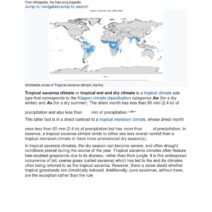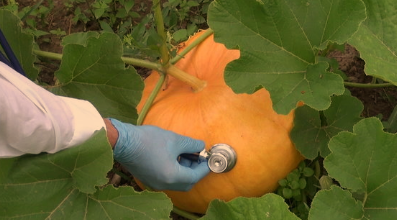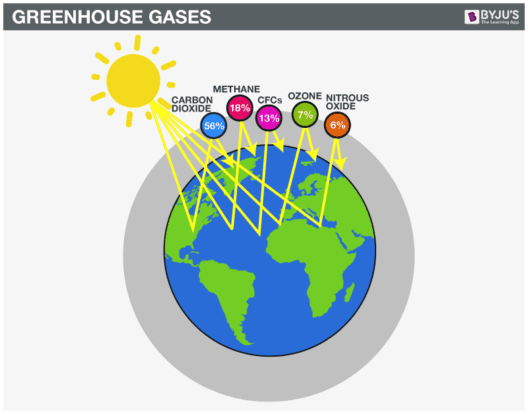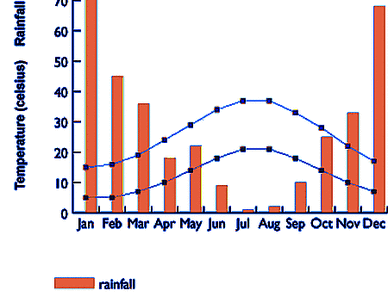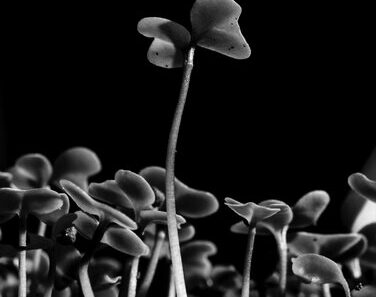When envisioning pumpkins, vibrant oranges and cascading vines often spring to mind, evocative of autumn festivals and Halloween decorations. However, these iconic gourds are more than just festive symbols; they are biologically fascinating organisms with specific climatic and growing requirements. Understanding these conditions not only allows for a successful cultivation experience but also fosters appreciation for the environments where pumpkins thrive.
To delve deeper, it is essential to comprehend the climatic requirements that define an ideal habitat for pumpkins.
The Ideal Climate: Warmth and Sunshine
Pumpkins hail from the Cucurbitaceae family, and like many of their kin, they are sun-loving plants. These crops flourish in temperate to warm climates, ideally with daytime temperatures ranging from 70°F to 90°F (21°C to 32°C). A bountiful harvest relies heavily on ample sunshine, which is crucial for photosynthesis. Sunlight facilitates robust growth, contributing to the pumpkin’s characteristic shape and vibrant color.
Moreover, pumpkins require a relatively frost-free growing season. Frost can be detrimental, stunting growth or even leading to the death of young plants. Therefore, regions with a long growing season, devoid of frost, are the most suitable for pumpkin cultivation. In many areas, this means planting should occur in late spring when soil temperatures consistently exceed 60°F (15°C).
Seasonal Variations: Liquid Gold and Atmospheric Conditions
Interestingly, aside from temperature, pumpkins exhibit a marked preference for humidity levels. They thrive in moderate humidity, typically between 50% and 70%. Such humidity conditions help maintain soil moisture, which is pivotal for transpiration and nutrient uptake. Yet, excessive humidity can lead to fungal diseases perhaps not immediately visible but fundamentally detrimental to the crop’s health.
Furthermore, soil quality cannot be overstated. Pumpkins prefer loamy, well-drained soil enriched with organic matter. pH levels between 6.0 and 6.8 are deemed optimal, as this range allows for the most efficient nutrient absorption. Organic compost or well-rotted manure contributes to the soil’s fertility, creating an environment conducive to vigorous plant growth.
Yet, water remains the lifeblood of pumpkin cultivation. These plants necessitate consistent watering, especially during the critical growth phase leading up to fruit development. A deep watering strategy, which allows water to penetrate the soil, resonates well with pumpkin roots, encouraging them to establish a solid foundation and reach for nutrients below.
Pumpkin Planting: Timing is Everything
The planting schedule plays a pivotal role in the successful cultivation of pumpkins. Timing should align with your local climate, but generally, seeds should be sown indoors 3 to 4 weeks prior to the last expected frost, or directly in the garden once soil temperatures warm sufficiently. Spacing is equally important; allowing sufficient room for sprawling vines is essential, as this prolific grower can create a canopy that shades the soil, reducing weed competition and moisture loss.
The Aesthetics of Growth: Visual Qualities During Cultivation
Visually, pumpkins contribute to the biodiversity of gardens. Their leaves are broad and lush, creating a green tapestry that is not only pleasing to the eye but also functional, providing shade to neighboring plants as they grow. The contrast of their stark orange fruits against the vibrant green foliage creates a striking visual dynamic that enhances garden aesthetics.
As flowers begin to bloom, large, brilliant yellow-orange blossoms emerge, attracting pollinators like bees and butterflies. This transition not only contributes to the ecosystem but also amplifies the interactive experience of gardening, as one becomes more attuned to the cycles of nature. These flowers are hermaphroditic, bearing both male and female reproductive structures. For optimal fruit setting, pollinators play a crucial role, as the transfer of pollen from male to female flowers is vital for fertilization.
Harvest Time: The Rewards of Patience
The wait culminates in the harvest, an event marked by satisfaction and anticipation. Typically, pumpkins are ready to harvest approximately 90 to 120 days post-planting, depending on the variety. Key indicators of maturity include achieving a deep, rich color and a hard rind that resists denting when pressed. Harvesting at the right time is vital, as overly ripe pumpkins can lead to diminished flavor and shorter storage life.
In conclusion, the climate and growing conditions necessary for the successful cultivation of pumpkins extend beyond mere temperature and soil type. They intersect with an intricate web of interactions involving sunlight, humidity, and biological rhythms encapsulating the essence of nature’s bounty. Understanding these factors not only enriches the gardening experience but enhances our appreciation of the humble pumpkin, a staple of harvest and creativity across cultures and cuisines.

